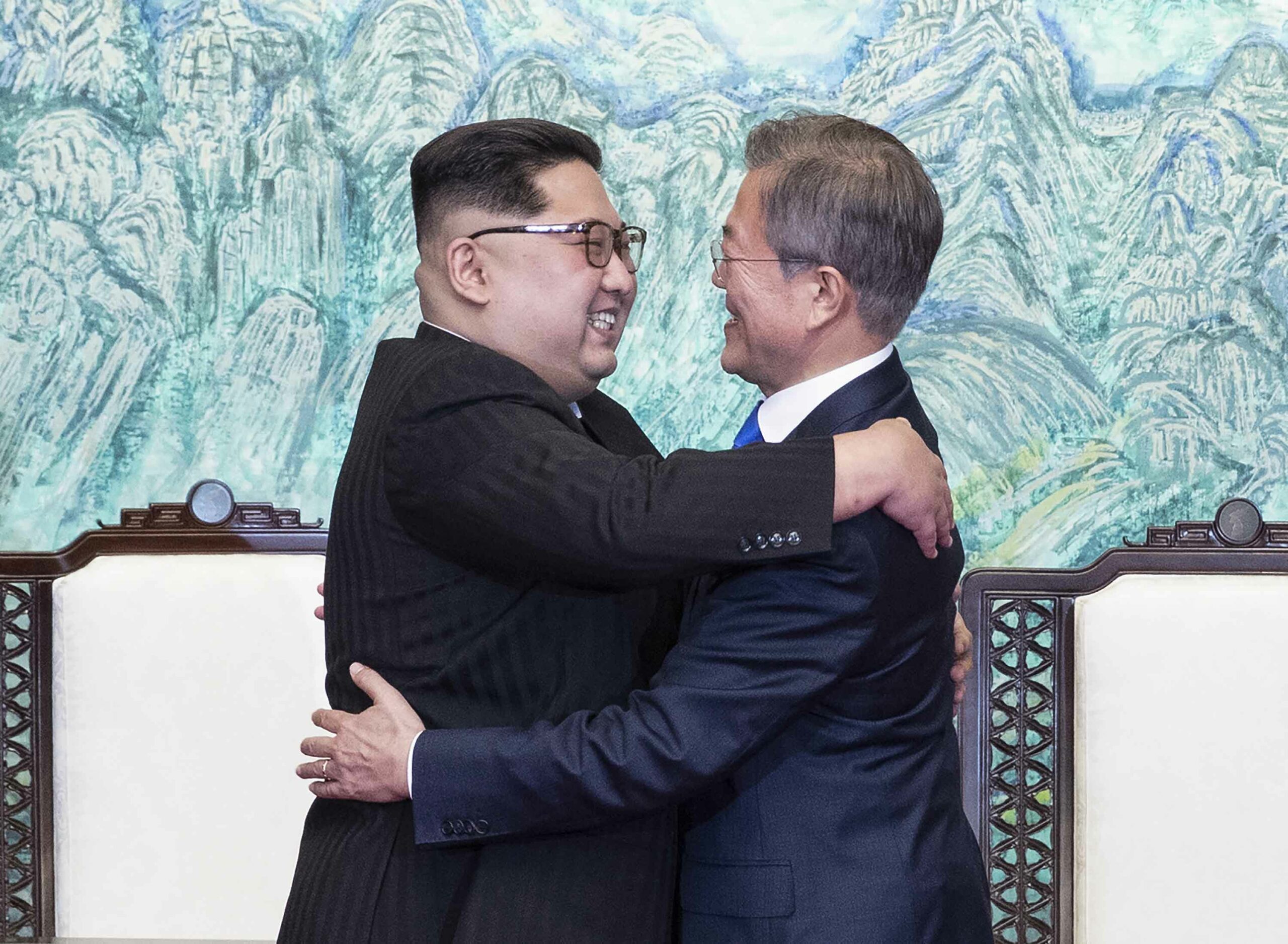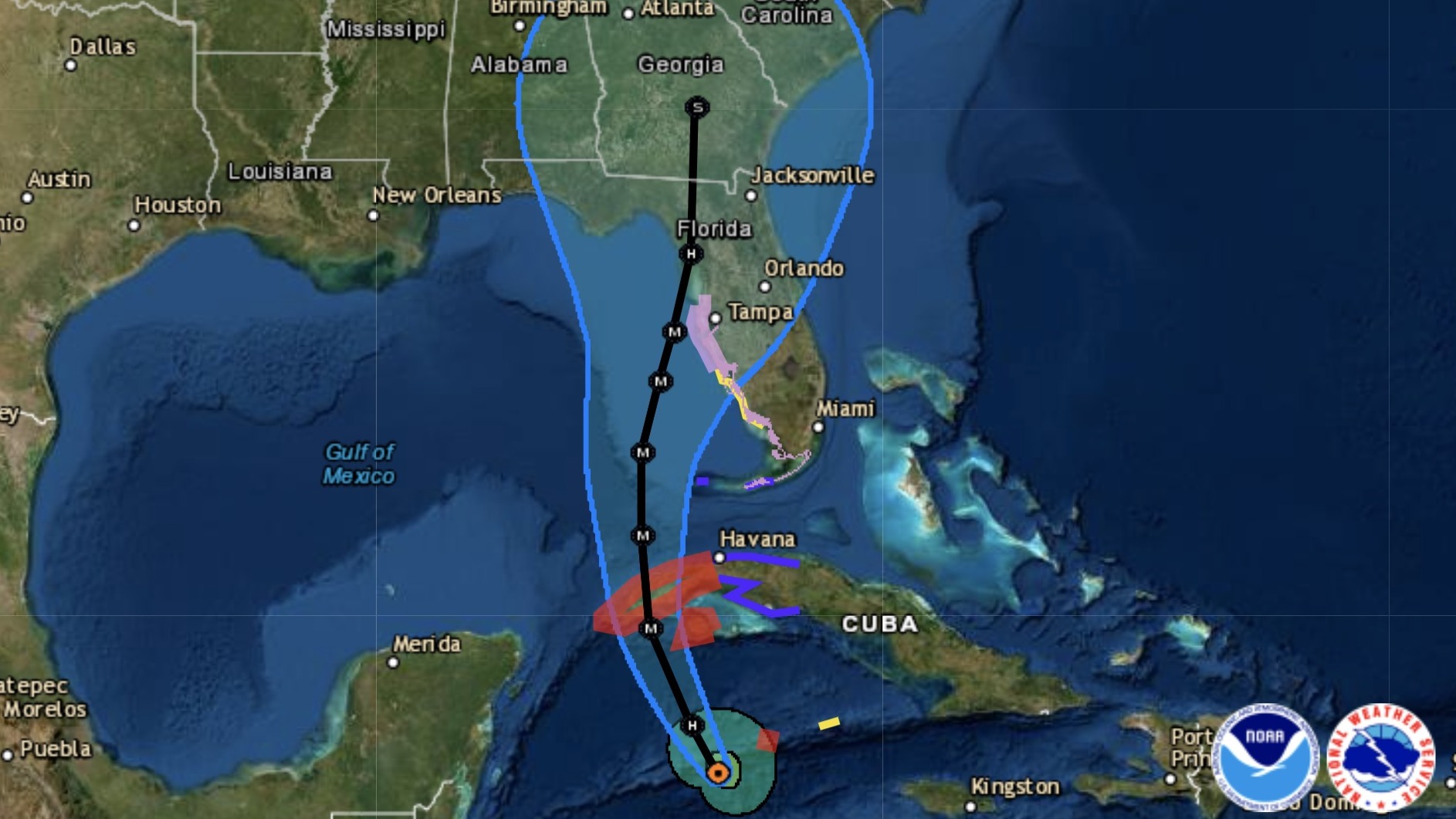Korea’s Split: A Tale of Divided Paths
In the aftermath of World War II, Korea found itself at a critical crossroads. The peninsula, which had been under Japanese colonial rule since 1910, was finally liberated as the Japanese Empire crumbled. However, this newfound freedom soon became a complex and divisive issue, ultimately leading to the split of Korea into two separate nations.
It was in 1945 that the United States and the Soviet Union, as victors of the war, took charge of the Korean Peninsula. The 38th parallel, a line of latitude, was agreed upon as a temporary division between the two occupying forces. This decision laid the foundation for the eventual division of Korea.
As the years passed, tensions between the Soviet-backed Democratic People’s Republic of Korea (North Korea) and the US-supported Republic of Korea (South Korea) grew steadily. The ideological differences between the two nations deepened, primarily with North Korea adopting a communist regime under Kim Il-sung, while the South embraced a capitalist system.
The division reached its boiling point on June 25, 1950, when North Korea launched a surprise attack on South Korea, marking the start of the Korean War. This devastating conflict lasted for three years, claiming the lives of millions and causing immense destruction. The 38th parallel, initially meant as a temporary demarcation, now solidified into a highly fortified border.
With the signing of the Korean Armistice Agreement in 1953, the Korean War came to an end, but the division of Korea remained. The Demilitarized Zone (DMZ) was established as a buffer between the two nations, its barbed wires and heavily guarded checkpoints serving as stark reminders of the ongoing hostilities.
While the Korean War ended in an armistice, peace and reunification have remained elusive. Both North and South Korea have followed divergent paths and developed distinct identities over the years. North Korea became an isolated and heavily governed state, while South Korea transformed into a prosperous democratic nation, boasting remarkable economic growth.
Today, the division of Korea continues to shape geopolitics in Northeast Asia. Mounting international efforts for peace and denuclearization have occasionally sparked hope for reconciliation, but progress has been slow and arduous. Nevertheless, hopes for reunification persist and efforts towards unity persistently ebb and flow on the political horizon.
As we reflect on the split of Korea, it is clear that its traumatic history and enduring division serve as a reminder of the complexities involved in nation-building and the lasting impact of external influences. The story of Korea’s split serves as a testament to the resilience of its people amidst adversity, as they continue to yearn for a peaceful resolution and a future where the division is nothing more than a dark chapter in their shared history.
More About : When Did Korea Split
Introduction:
The division of Korea into North and South Korea is a significant historical event that took place on the Korean Peninsula. The split was a result of various factors, including political ideologies, foreign influence, and regional tensions. This article aims to provide a comprehensive overview of the circumstances leading to the division of Korea, the events surrounding it, and the lasting impact it has had on the Korean people and the international community.
1. Historical Background:
– Briefly explain the history of Korea as a unified kingdom and its later colonization by Japan.
– Discuss the aftermath of World War II and the subsequent surrender of Japan in 1945.
– Outline the division of the Korean Peninsula along the 38th parallel by the United States and the Soviet Union.
2. Ideological Divide:
– Describe the ideological differences between the communist Soviet Union and the democratic United States during the Cold War.
– Explain how these ideological differences influenced the division of Korea.
– Discuss how the ideological divide intensified regional tensions and rivalries within Korea.
3. Formation of Governments:
– Detail the establishment of the Democratic People’s Republic of Korea (North Korea) under the leadership of Kim Il-sung.
– Explain the establishment of the Republic of Korea (South Korea) with Syngman Rhee as its first president.
– Discuss the contrasting political and economic systems implemented by the two newly formed governments.
4. Korean War:
– Describe the outbreak of the Korean War in 1950 and the subsequent involvement of international forces.
– Explain how the Korean War intensified the divide between the two Koreas.
– Discuss the impact of the war on the Korean Peninsula, including the loss of lives and widespread destruction.
5. Enduring Division:
– Outline the armistice agreement signed in 1953, which ended the Korean War without a peace treaty.
– Discuss how the division of Korea became a seemingly permanent state of affairs.
– Explain the creation of the Demilitarized Zone (DMZ) and its significance as a symbol of the ongoing division.
6. Social and Economic Consequences:
– Detail the differing political, social, and economic trajectories of North and South Korea following the division.
– Discuss the effects of the division on the Korean people, including separated families and limited communication.
– Explain the economic disparities between the two Koreas and their implications for the people’s quality of life.
7. International Implications:
– Analyze the impact of the Korean division on regional stability and security.
– Discuss the involvement of international powers, such as China and the United States, in the Korean Peninsula.
– Explain the challenges and efforts undertaken for reconciliation and reunification.
Conclusion:
In conclusion, the division of Korea into North and South Korea in the aftermath of World War II has had profound and lasting effects on the Korean people and the international community. This division was driven by ideological differences, exacerbated by the Cold War context. Despite the ongoing division and resulting tensions, both North and South Korea have emerged as distinct entities with their own political, economic, and social systems. The division of Korea stands as a reminder of the complexities and consequences that arise from political and ideological conflicts and serves as a testament to the resilience of the Korean people.
FAQs on When Did Korea Split
Q: When did Korea split?
A: Korea split on August 15, 1945.
Q: What caused the split of Korea?
A: The split of Korea was primarily caused by the end of World War II and the subsequent division of the Korean Peninsula between the Soviet Union and the United States.
Q: How was Korea divided?
A: Korea was divided along the 38th parallel into two separate nations: North Korea (Democratic People’s Republic of Korea) in the north and South Korea (Republic of Korea) in the south.
Q: What was the significance of the 38th parallel?
A: The 38th parallel became the de facto border between North and South Korea after World War II and has remained a symbol of the division ever since.
Q: Why did the splitting of Korea result in two separate governments?
A: The splitting of Korea initially occurred because the Soviet Union and the United States had different ideological and political visions for the future of Korea, leading to the establishment of separate governments in each part of the country.
Q: Did the split of Korea lead to an immediate conflict?
A: The Korean War, which lasted from 1950 to 1953, erupted as a result of the split and differences between the two governments, resulting in a full-scale armed conflict.
Q: Is the split between North and South Korea still in effect today?
A: Yes, the split between North and South Korea is still in effect today, and both countries remain politically and ideologically divided.
Q: Have there been any attempts to reunify Korea?
A: There have been various attempts to reunify Korea throughout history, with diplomatic efforts and negotiations taking place sporadically. However, a formal reunification has not yet been achieved.
Q: Are there any areas of cooperation between North and South Korea?
A: There have been several instances of cooperation between North and South Korea, primarily in the fields of sports, cultural exchanges, and humanitarian aid. However, these instances have been relatively limited and intermittent.
Q: Are there ongoing discussions and efforts to resolve the division between North and South Korea?
A: Yes, there have been ongoing discussions and efforts to resolve the division between North and South Korea, including summits between top leaders, inter-Korean dialogue, and international negotiations involving other countries such as the United States and China.




